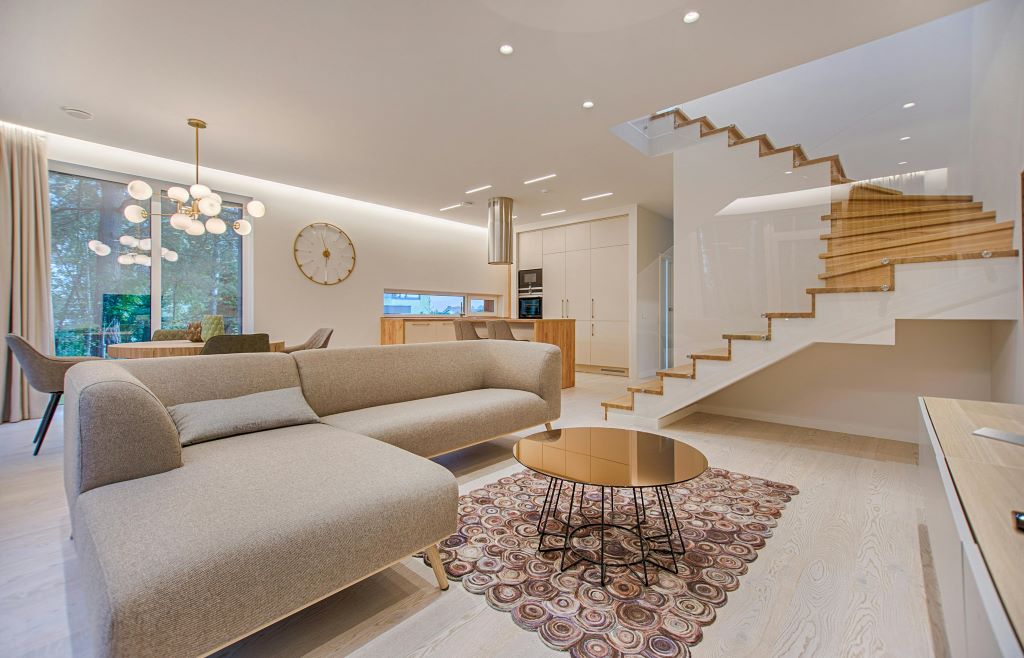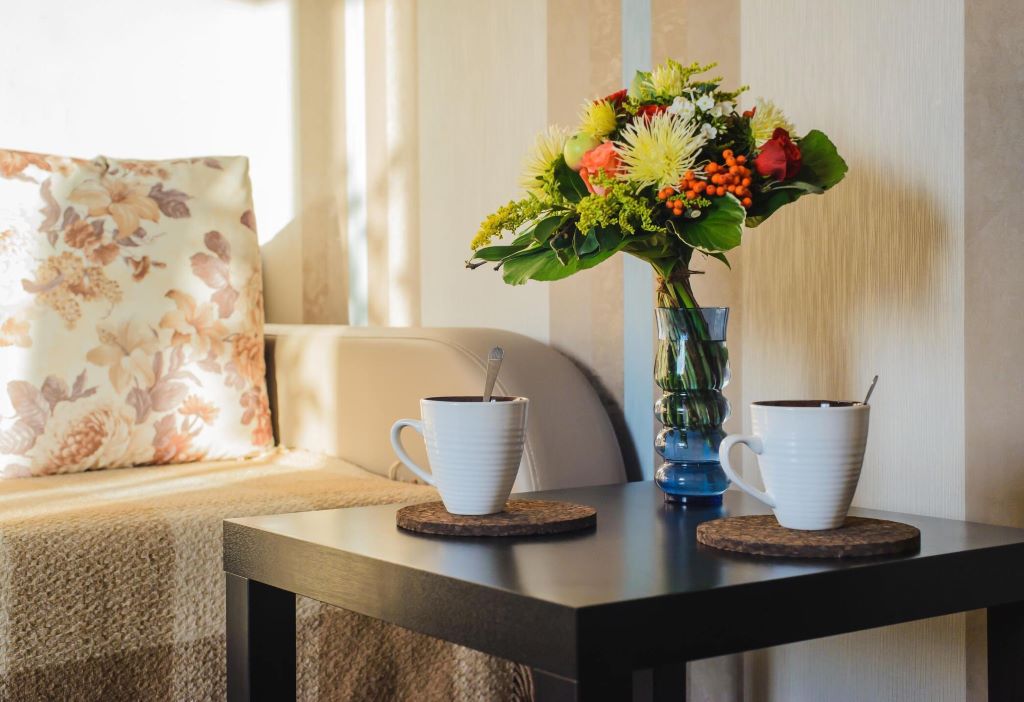
Transforming your home into a stunning sanctuary that reflects your personality and style requires careful planning and attention to detail. In this comprehensive guide, we’ll explore a variety of interior design tips and techniques to help you elevate your home and create a space that is both beautiful and functional.
Setting the Foundation for Success
Setting the foundation for success in interior design service begins with defining your personal style and aesthetic preferences. Explore inspiration from various sources and create mood boards to visualize your design vision.
Seeking professional guidance can help refine your ideas and translate them into a cohesive design plan.
By understanding your style and needs, you can lay the groundwork for a successful interior design service that reflects your personality and enhances your living space.
Define Your Style
Before diving into any design project, it’s essential to define your personal style and aesthetic preferences. Whether you prefer sleek and modern or cozy and traditional, understanding your design preferences will guide your decision-making process and ensure a cohesive look throughout your home transition.
- Explore Inspiration: Browse interior design magazines, websites, and social media platforms to gather inspiration and identify design elements that resonate with you.
- Create Mood Boards: Compile images, color swatches, and fabric samples to create mood boards that capture the essence of your desired aesthetic.
- Seek Professional Guidance: Consider consulting with an interior designer who can help you refine your vision and translate it into a cohesive design plan.

Prioritize Functionality
In addition to aesthetics, prioritizing functionality is crucial for creating a home that not only looks beautiful but also meets your practical needs and lifestyle requirements.
- Assess Your Needs: Consider how you use each space in your home and identify areas where functionality can be improved, such as storage solutions, furniture arrangements, and traffic flow.
- Maximize Space: Optimize space utilization by choosing multi-functional furniture, incorporating built-in storage solutions, and embracing clever design hacks that make the most of every square inch.
- Create Zones: Define distinct zones within each room to accommodate different activities and functions, such as lounging, dining, and working, ensuring that each area serves its intended purpose effectively.
Designing for Visual Impact
Designing for visual impact involves strategically using color, texture, and natural light to create a captivating and harmonious living room.
Selecting a cohesive color palette and layering textures adds depth and interest to your interiors, while embracing natural light enhances the ambiance and connection to the outdoors.
By playing with contrast and incorporating biophilic elements, you can create a visually stunning environment that engages the senses and leaves a lasting impression on visitors.
Focus on Color and Texture
Color and texture are powerful design elements that can dramatically impact the look and feel of a space. Thoughtfully choosing color palettes and incorporating tactile textures can add depth, dimension, and visual interest to your home.
- Choose a Cohesive Palette: Select a cohesive color palette that flows seamlessly throughout your home, using color to create visual continuity and harmony between different rooms.
- Layer Textures: Experiment with a variety of textures, such as plush textiles, natural materials, and tactile finishes, to add richness and warmth to your interiors, creating a sensory experience that engages the senses.
- Play with Contrast: Use contrasting colors and textures to create visual drama and focal points within your home, drawing the eye and adding intrigue to your design scheme.
Embrace Natural Light
Natural light is one of the most valuable assets in interior design service, capable of transforming a space and enhancing its ambiance. Embracing natural light not only brightens your home but also creates a sense of openness and connection to the outdoors.
- Maximize Daylight: Arrange furniture to allow for ample natural light penetration, strategically placing mirrors to reflect and amplify sunlight throughout the space.
- Opt for Sheer Fabrics: Choose sheer curtains or window treatments that allow natural light to filter into your home while maintaining privacy and diffusing harsh glare.
- Integrate Biophilic Elements: Bring the outdoors in by incorporating biophilic design elements such as indoor plants, natural materials, and nature-inspired motifs, enhancing the connection between your home and the natural world.

Adding Personal Touches
Adding personal touches to your home decor involves curating meaningful accessories and decor items that reflect your unique personality and interests. Displaying personal collections, mixing old with new, and embarking on DIY projects can infuse your space with character and nostalgia.
By incorporating elements that tell your story and showcase your creativity, you can create a home that feels warm, inviting, and distinctly yours.
Curating Meaningful Accessories
Personalize your home and infuse it with character by curating meaningful accessories and decor items that tell your story and reflect your interests, passions, and travels.
- Display Personal Collections: Showcase your personal collections, whether it’s artwork, photographs, or souvenirs from your travels, as a way to add personality and nostalgia to your home.
- Mix Old with New: Embrace eclectic design by mixing vintage finds with contemporary pieces, creating a layered and curated look that feels authentic and lived-in.
- DIY Projects: Get creative and embark on DIY projects to personalize your space, whether it’s creating custom artwork, upcycling furniture, or crafting handmade decor items that reflect your unique style and creativity.
Creating Inviting Spaces
Designing inviting and welcoming spaces is essential for ensuring that your home feels warm, comfortable, and hospitable to both residents and guests alike.
- Comfortable Seating: Invest in comfortable seating options that encourage relaxation and socializing, such as plush sofas, cozy armchairs, and oversized floor cushions.
- Layer Soft Furnishings: Add layers of soft furnishings, such as throw blankets, accent pillows, and area rugs, to create a cozy and inviting atmosphere that invites lounging and leisure.
- Ambient Lighting: Incorporate ambient lighting solutions, such as dimmer switches, table lamps, and candles, to create a warm and inviting ambiance that sets the mood for relaxation and intimacy.

Conclusion
Elevating your home through interior design service is a rewarding and transformative process that allows you to express your personality, style, and creativity while creating a space that enhances your quality of life.
By following these tips and techniques, you can achieve a stunning transformation that not only looks beautiful but also feels comfortable, functional, and uniquely you.





